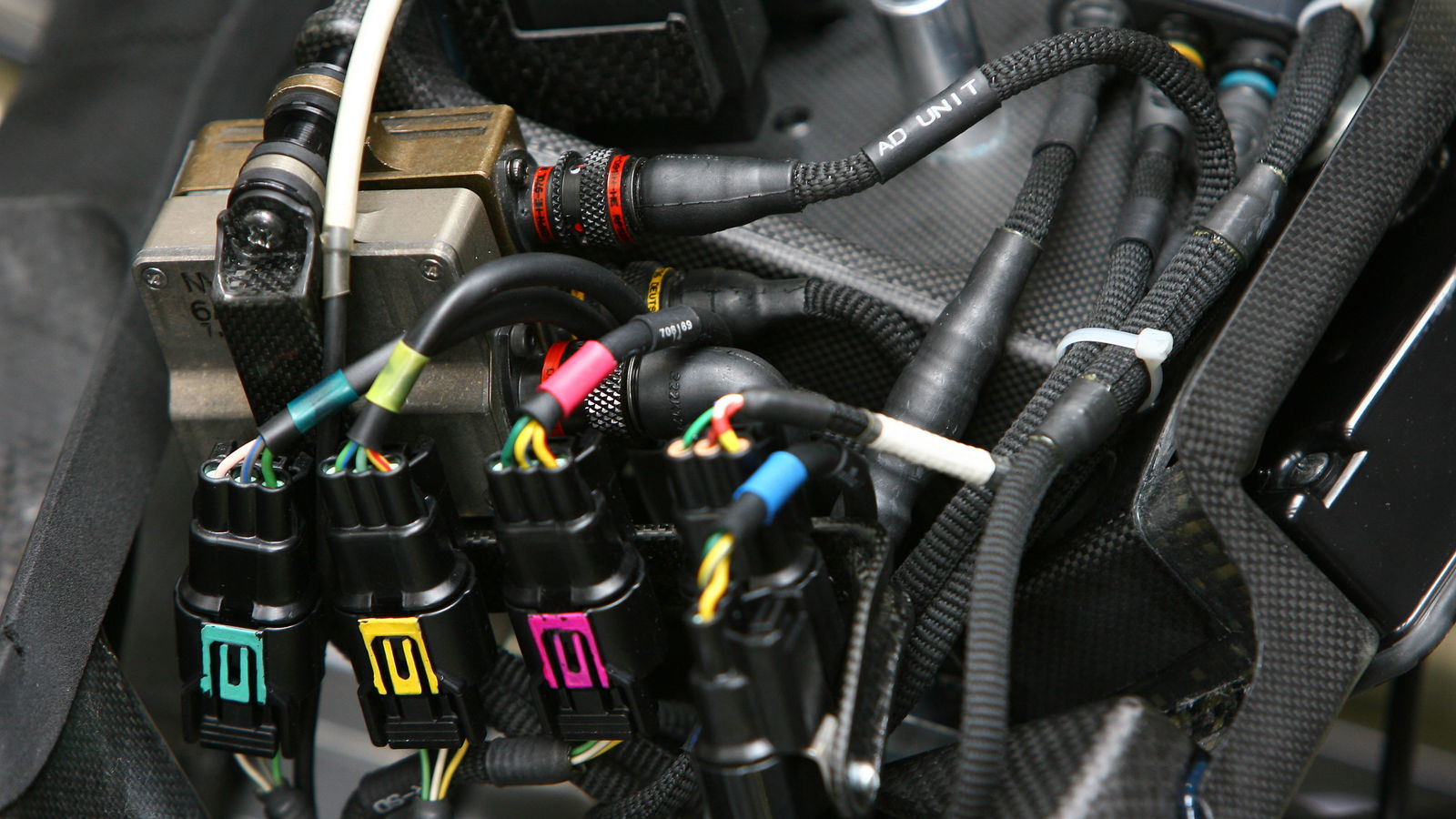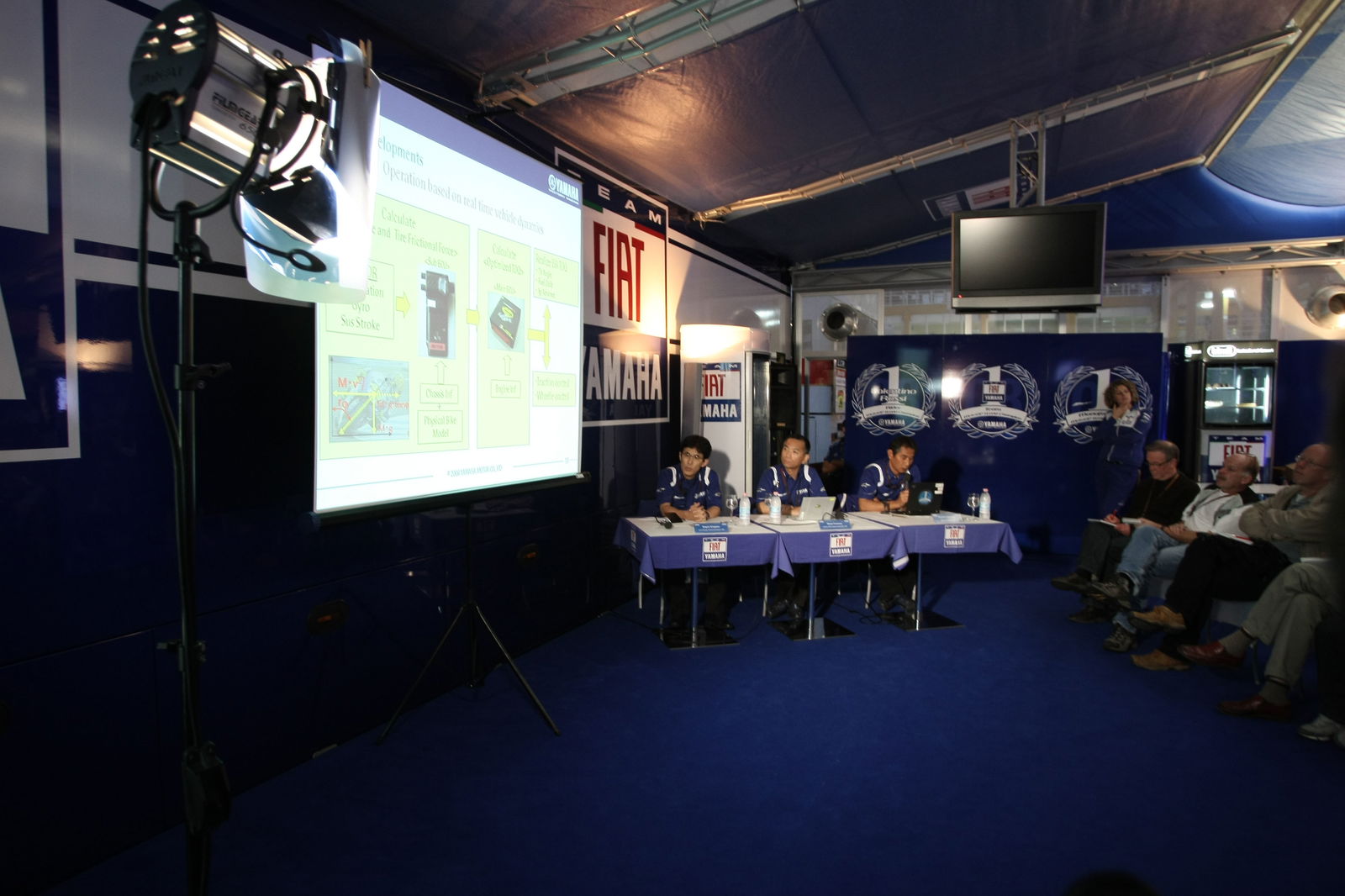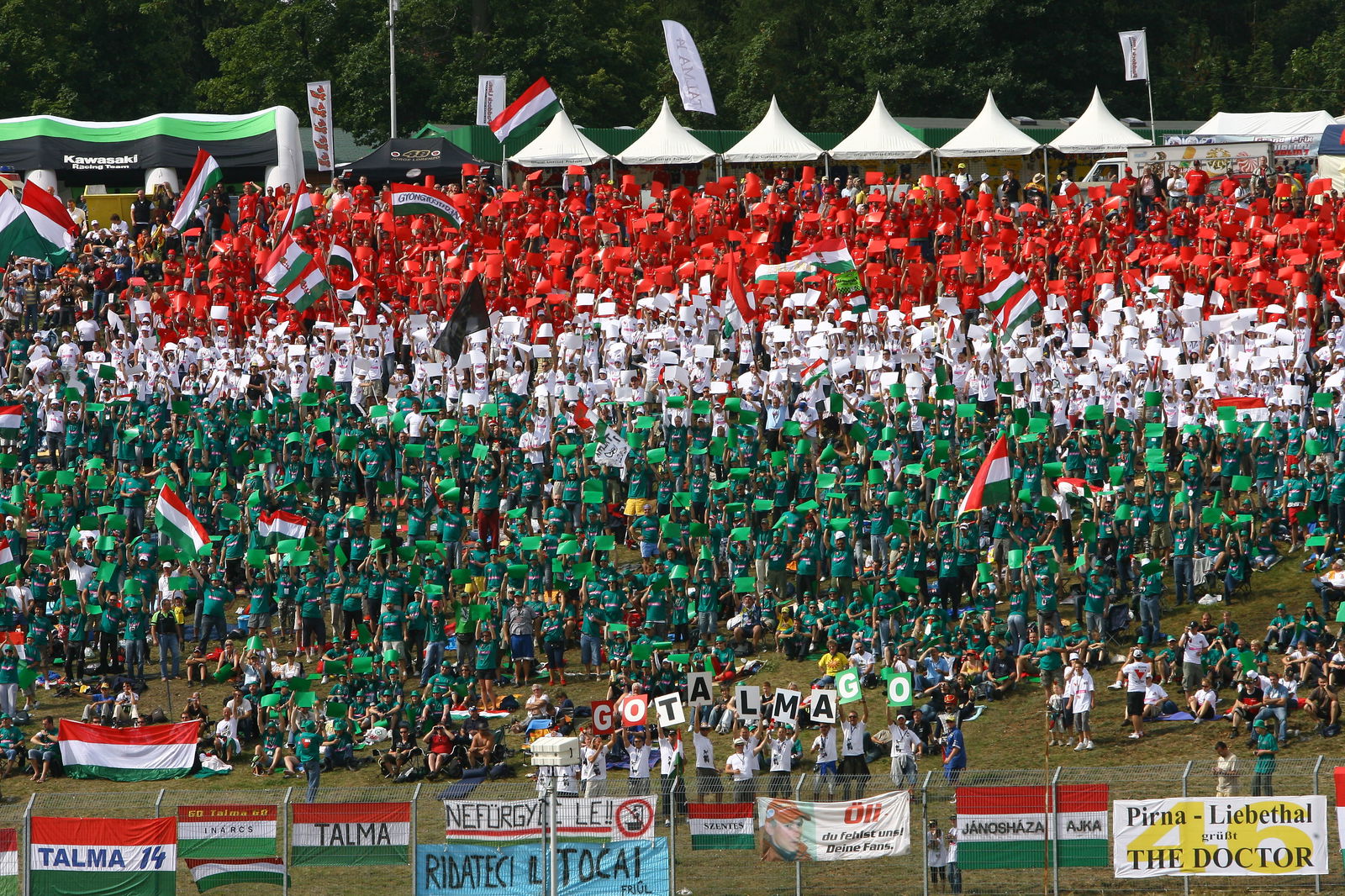MotoGP electronics insight.
Electronics Industry news site, EETimes.com, has run an article on the use of electronics in MotoGP, featuring information gathered from interviews with technical personnel from three different MotoGP teams during July's US Grand Prix at Laguna Seca.
Those interviewed were EFI technician Andrea Dosoli (Kawasaki), data engineer Andrew Griffith (Yamaha) and crew chief Tom O'Kane (Suzuki). Unfortunately, there was no information for Honda and Ducati.
Here is a brief summary of the findings:
Kawasaki:

Electronics Industry news site, EETimes.com, has run an article on the use of electronics in MotoGP, featuring information gathered from interviews with technical personnel from three different MotoGP teams during July's US Grand Prix at Laguna Seca.
Those interviewed were EFI technician Andrea Dosoli (Kawasaki), data engineer Andrew Griffith (Yamaha) and crew chief Tom O'Kane (Suzuki). Unfortunately, there was no information for Honda and Ducati.
Here is a brief summary of the findings:
Kawasaki:
Kawasaki was using a 'half-and-half' fly-by-wire system - traditional throttle cables control half of the throttle bodies with electronic systems operating the other half. This was done to help rider feel.
Kawasaki was not yet using GPS to provide real-time location-based engine management (it is rumoured that Ducati, for example, already does) however the introduction of such a system was "fairly imminent". Location-based engine management allows the electronics to be tuned to suit each individual corner on a track.
There are about 50 sensors on the ZX-RR but the most important ones are those that measure acceleration, lean angle, front wheel speed, GPS speed and front-wheel suspension stroke.
The electronics identify a loss of rear wheel grip (potential highside) by comparing "front- and rear-wheel speeds with GPS-speed and engine rev-up".
Yamaha:
Yamaha was using a full fly-by-wire system. Throttle cables were still present, but existed only "to provide the rider [with] a conventional [throttle] feel" rather than to directly control the engine.
Yamaha used GPS for on-board data-tagging, but was also not yet using GPS to provide real-time location-based engine management, due to "the tenuous nature of GPS". However, Griffith admitted (with a smile) that the development of a position-based, real-time control system was "one possible direction" for the team.
Suzuki:
Suzuki, like Kawasaki, also uses a 'half-and-half' fly-by-wire system "to retain a conventional throttle feel and give the rider a strong sense of connection to the machine".
When discussing real-time location-based engine management, and the problem of accurately locating the motorcycle on the race track, O'Kane stated that "transponders around the track could be combined with time-distance interpolation to figure out bike location".
The ECU "counters fluctuations of the engine power curve to deliver linear and predictable response for maximum pilot confidence" but must also allow riders to get the limited amount of rear wheel sliding they need.


